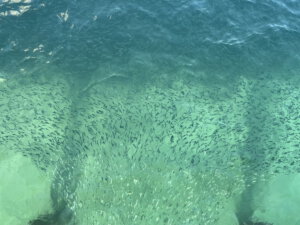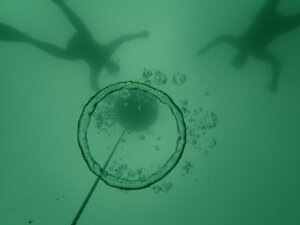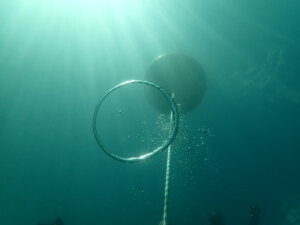
Listening to Teaching in Higher Ed on “rethinking student attendance policies for deeper engagement and learning”
Teaching in Higher Ed with host Bonni Stachowiak is really one of my top 3 all time favorite podcasts. Today, I listened to her talking with Simon Cullen and Danny…






